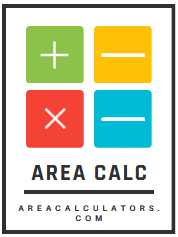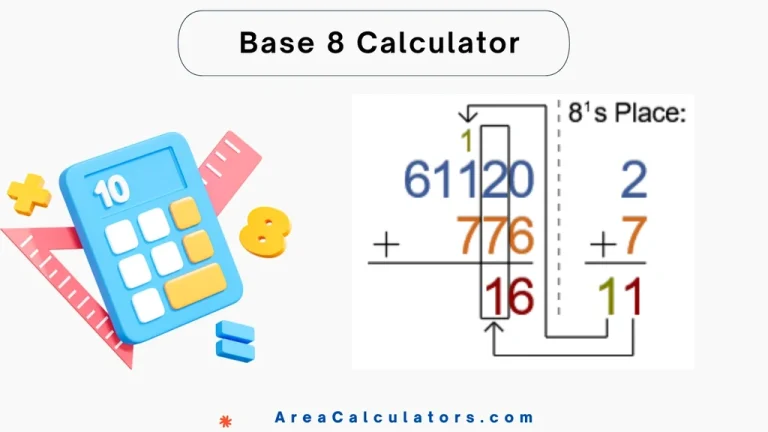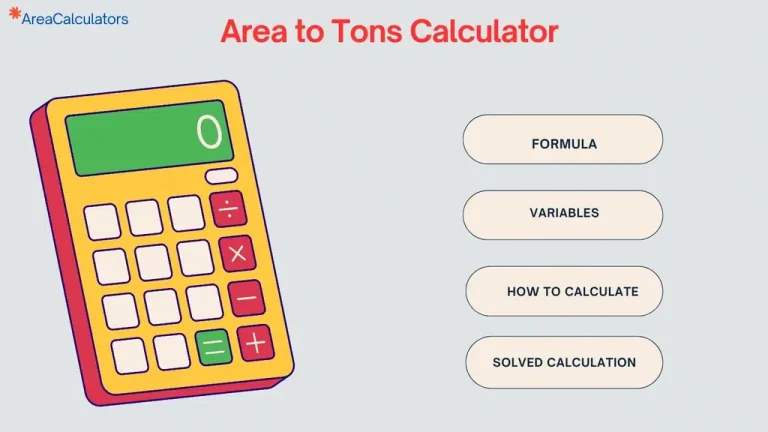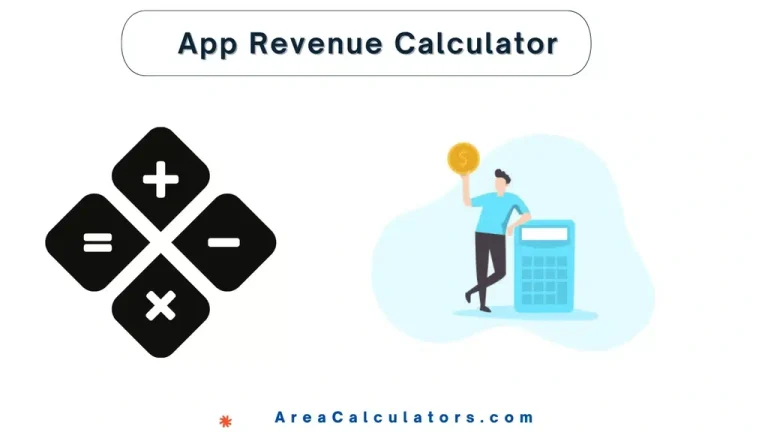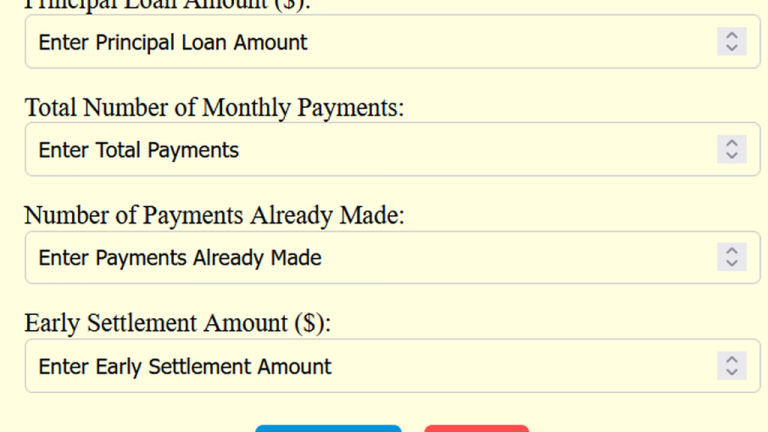Outlier Calculator
To identify outliers, use the lower and upper boundaries. Calculate the interquartile range (IQR), then subtract 1.5 times the IQR from the first quartile (Q1) for the lower limit, and add 1.5 times the IQR to the third quartile (Q3) for the upper limit.
The Outlier Calculator assists in identifying outliers in data sets. Indeed, it is an integral step in data analysis for ensuring accuracy and reliability. Outliers are values that deviate significantly from other observations and can impact statistical results.
This tool uses the IQR method, a common approach that sets boundaries based on quartiles, facilitating to find data points that lie far beyond typical ranges.
Formula
- Lower Boundary (L) = Q1 − (1.5 ∗ IQR)
- Upper Boundary (H) = Q3 + (1.5 ∗ IQR)
| Variable | Description |
|---|---|
| Q1 | First Quartile |
| Q3 | Third Quartile |
| IQR | Interquartile Range (Q3 − Q1) |
| L | Lower Outlier Boundary |
| H | Upper Outlier Boundary |
Solved Calculations
Example 1:
| Step | Calculation |
|---|---|
| Q1 | 25 |
| Q3 | 75 |
| IQR | |
| Lower Boundary (L) | |
| Result (L) | -50 |
| Upper Boundary (H) | |
| Result (H) | 150 |
Answer: For this data set, values below -50 or above 150 are outliers.
Example 2:
| Step | Calculation |
|---|---|
| Q1 | 30 |
| Q3 | 90 |
| IQR | |
| Lower Boundary (L) | |
| Result (L) | -60 |
| Upper Boundary (H) | |
| Result (H) | 180 |
Answer: For this data set, values below -60 or above 180 are outliers.
